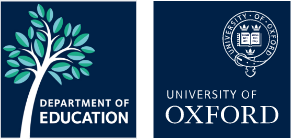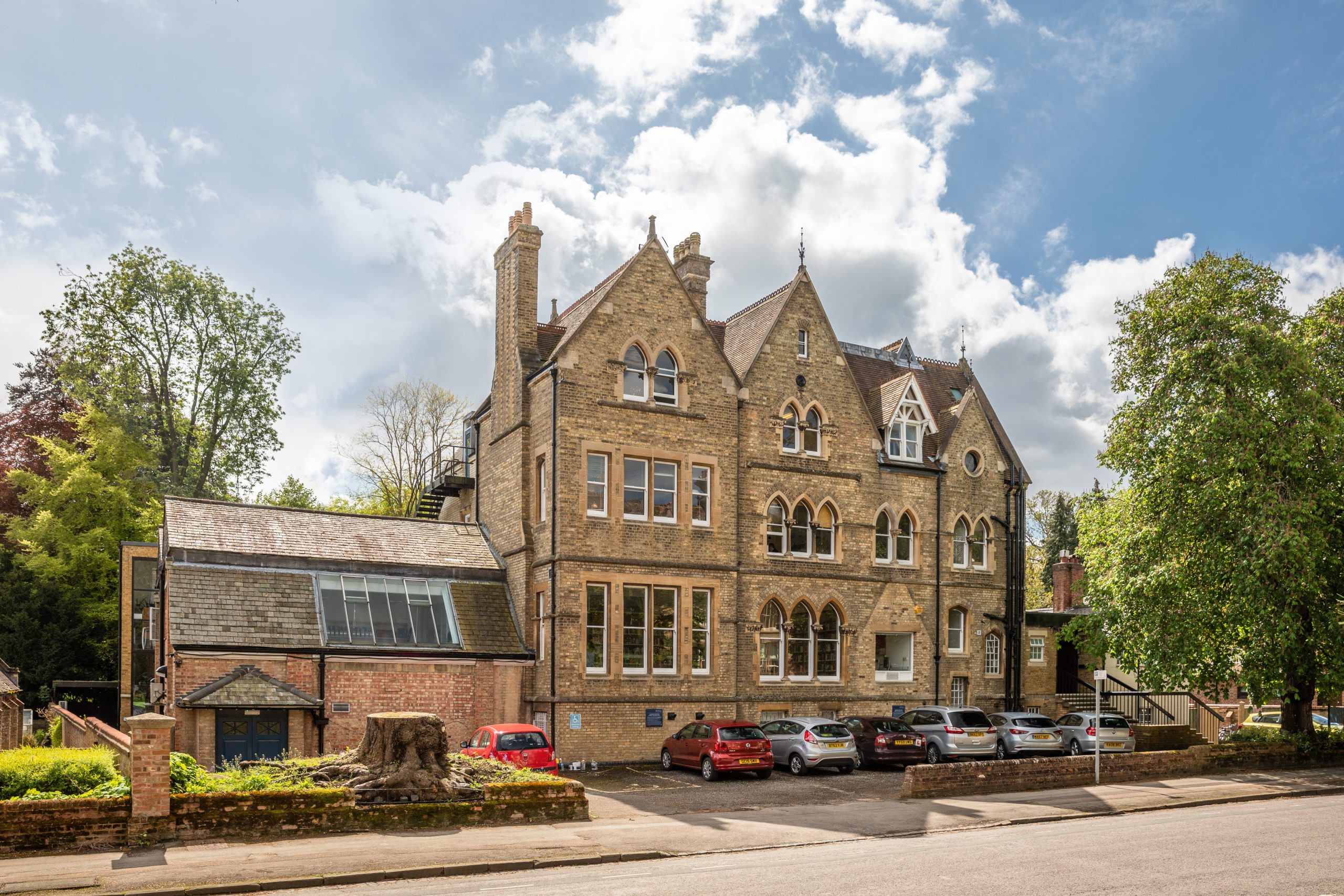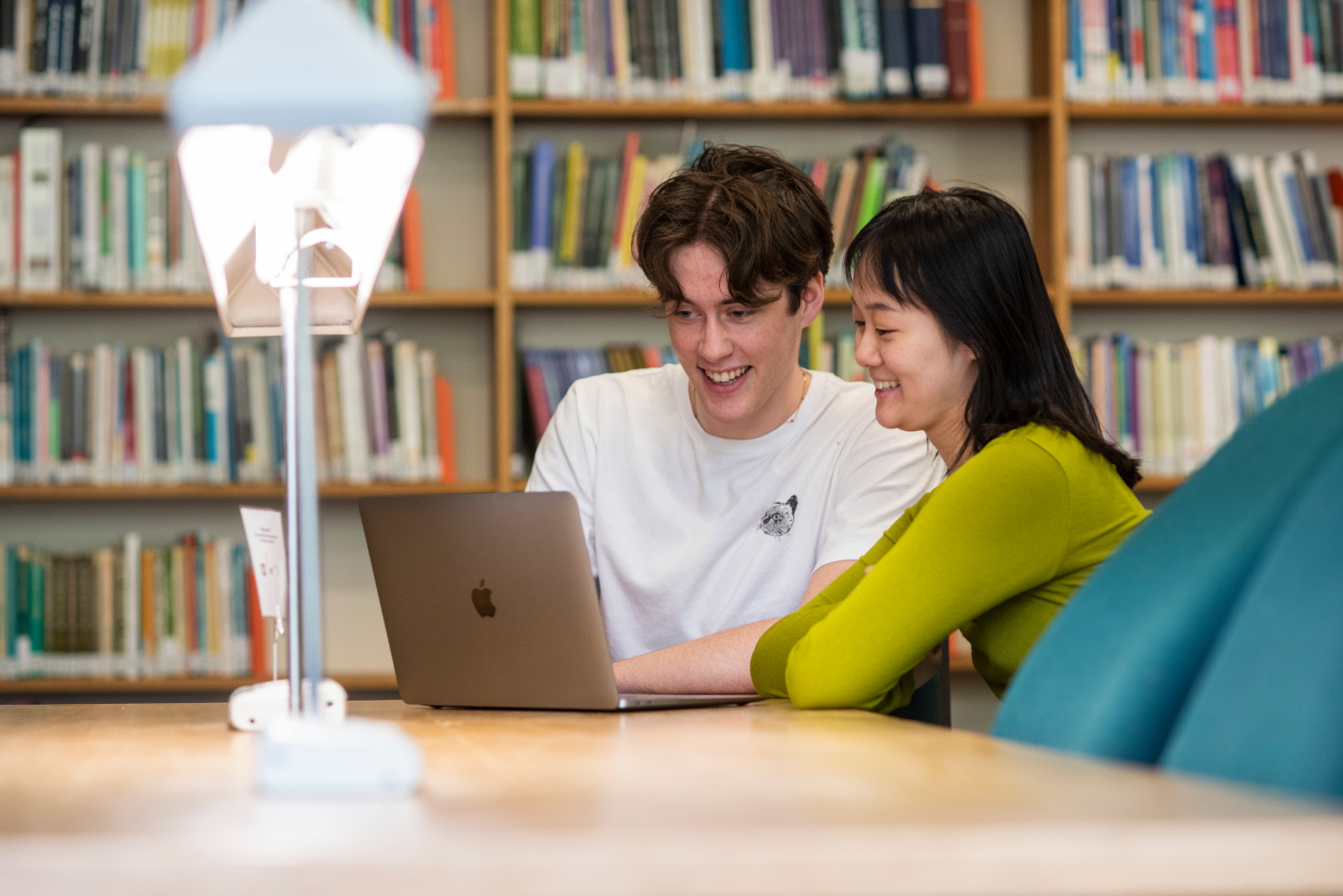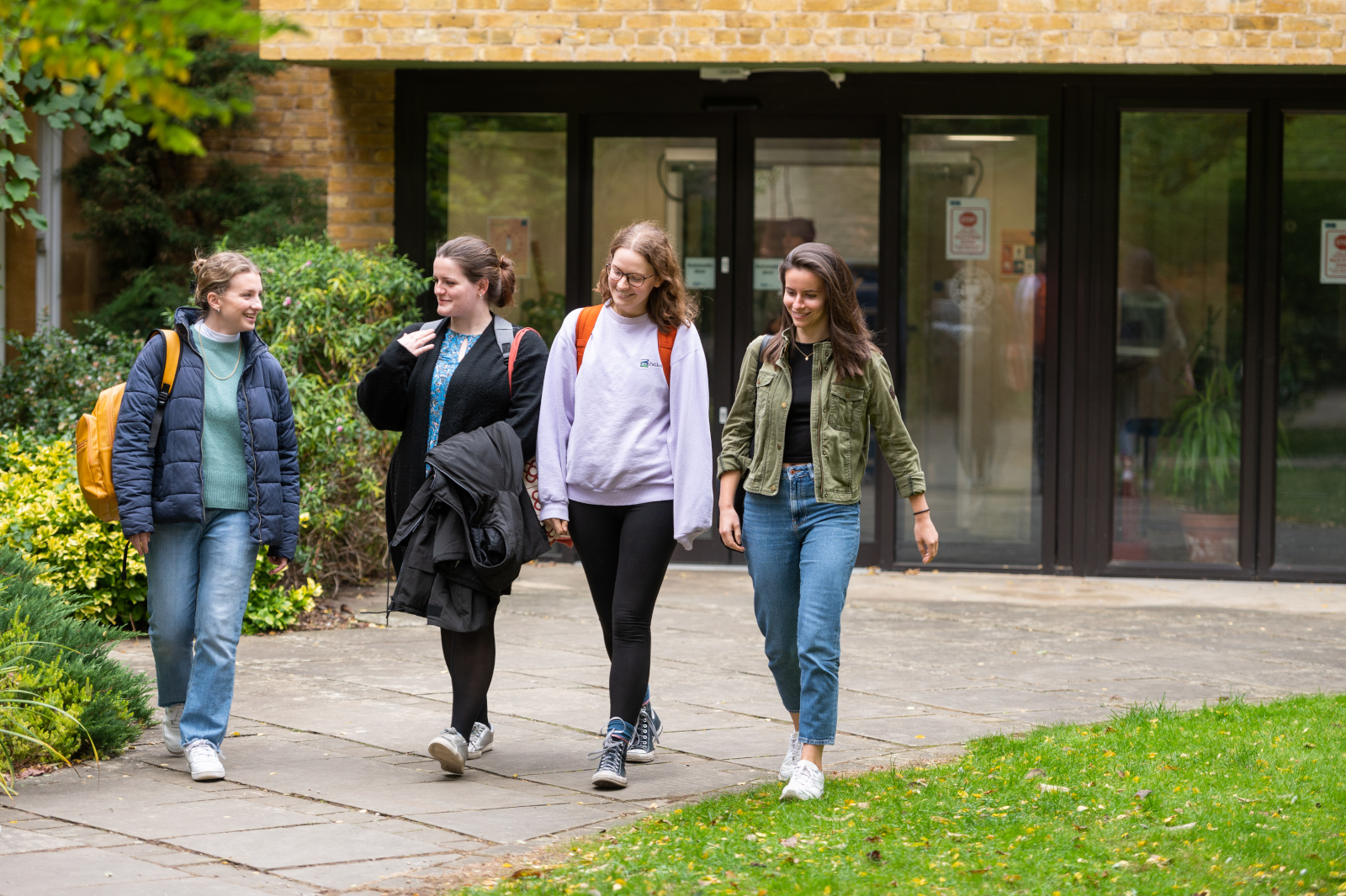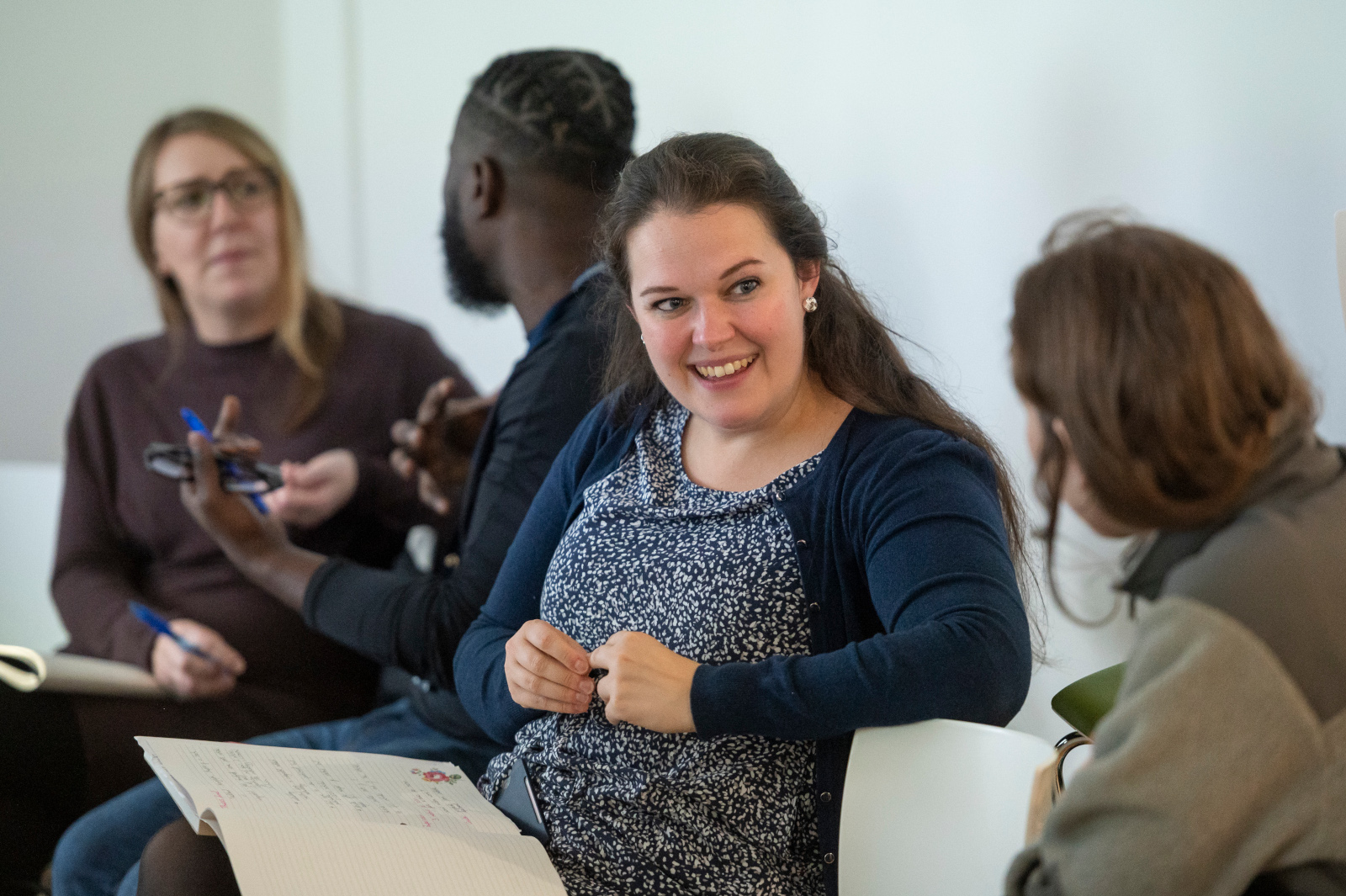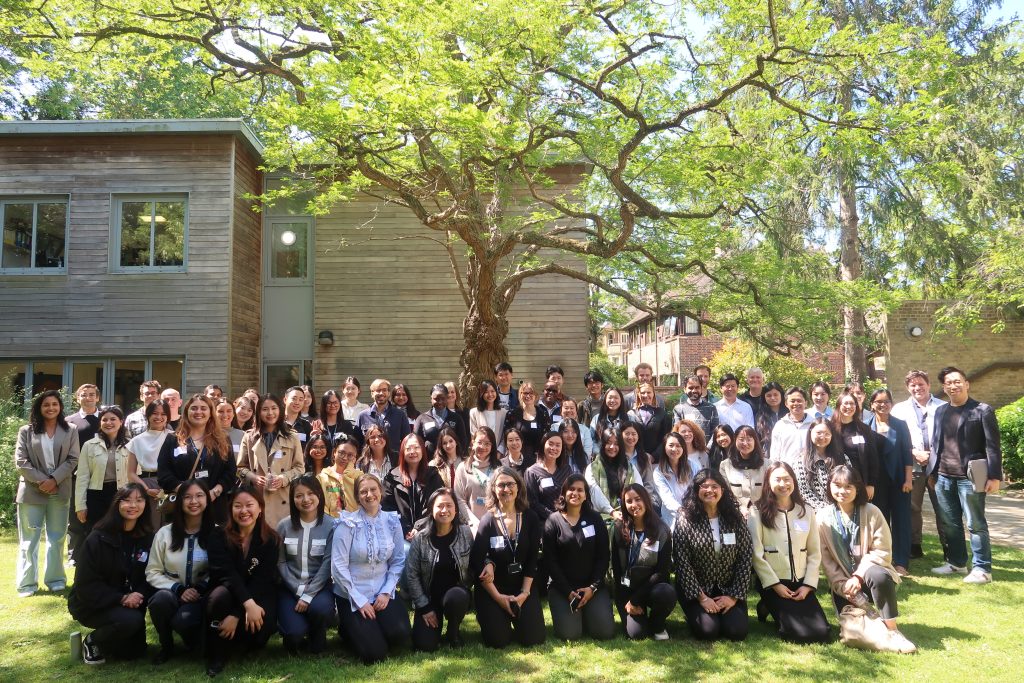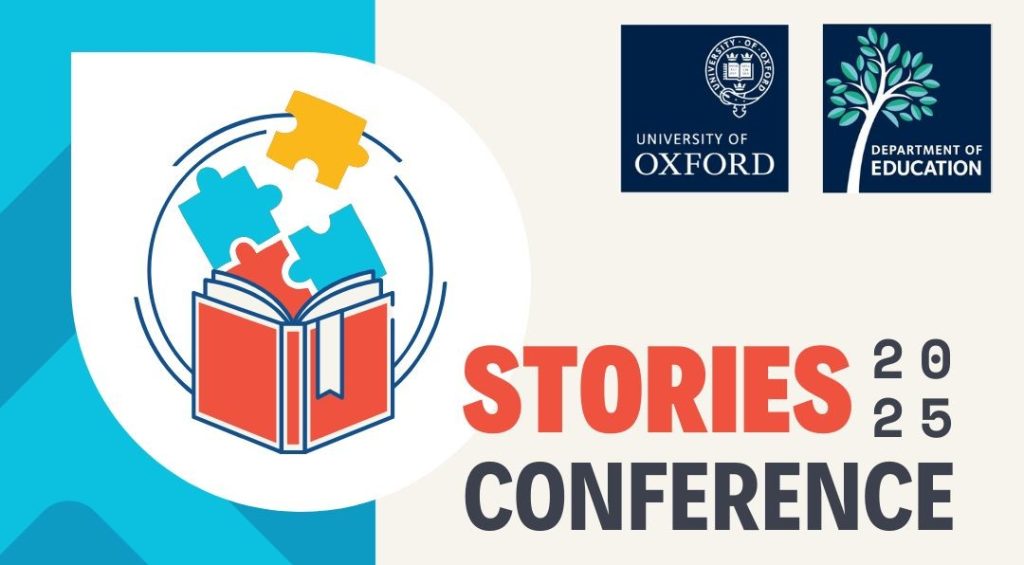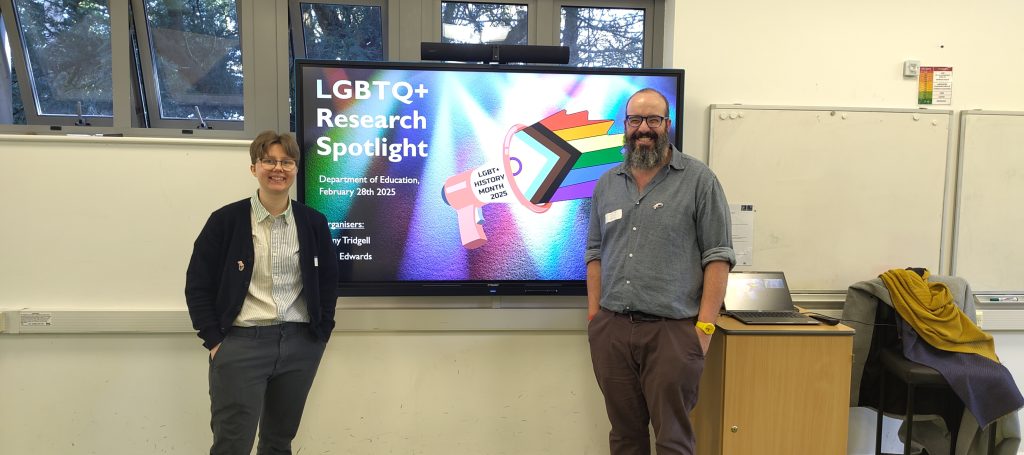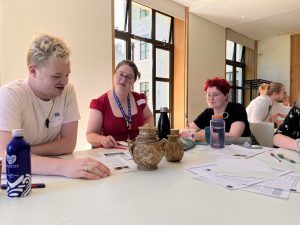
Exploring Material Culture in History Teaching: Event Overview
Event Overview
The day began with a compelling keynote by Kerry Apps, a doctoral researcher (and ex-teacher) with expertise in the social, global, and colonial histories of the early modern period. Apps discussed her PhD project, “A World in a House by the Thames,” which explores the global context of the 17th-century collection at Ham House. One intriguing example was the study of torchères, objects that visually embody Restoration-era imperial visions and their links to the Americas, shedding light on hidden stories of Indigenous and African communities integral to the period’s tobacco trade.
The event featured sessions led by museum educators including Melanie Rowntree from the Pitt Rivers Museum and Helen Pooley from the History of Science Museum. Rowntree discussed how objects associated with Partition can connect deeply with student experiences during museum visits. Pooley, along with Christopher Parkin, showcased how historical scientific objects can illustrate the relationship between scientific advancement and colonial power.
To close, Ben Taberer from Cheney School shared his action-based research based on his MSc in Learning and Teaching on applying virtue epistemology—with traits like intellectual patience and courage—to create a classroom environment centred on dialogic learning and object-based exploration.
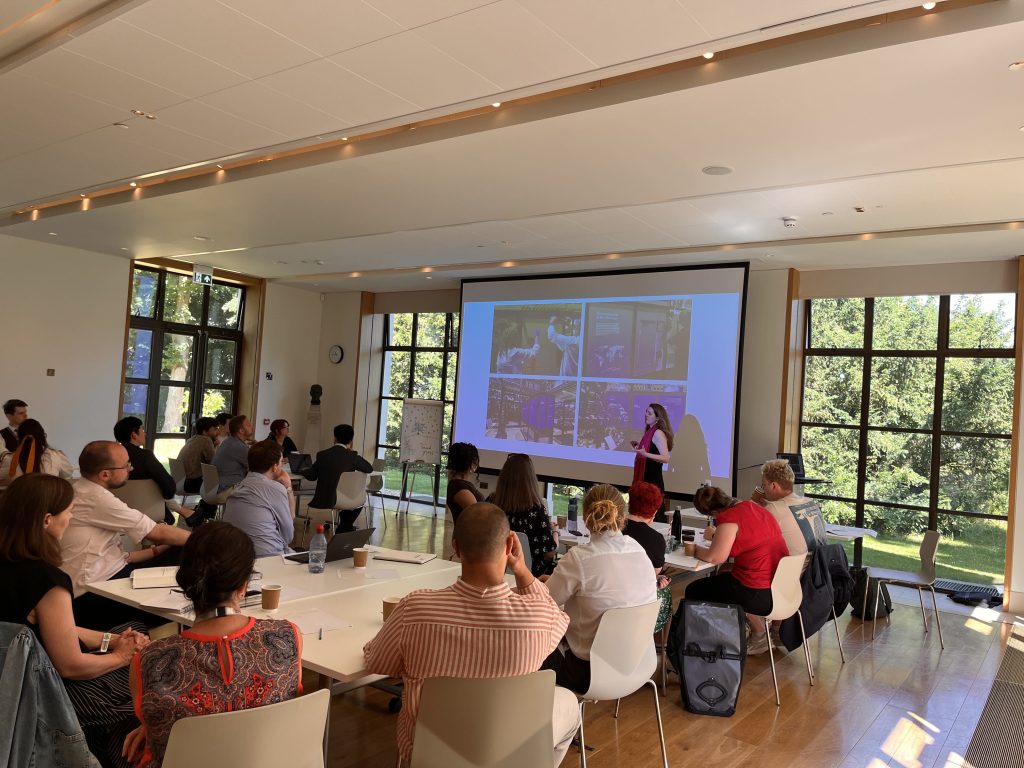
Lessons Learned on Material Culture and History Teaching
The event illuminated the multifaceted role of objects in history education. Dr Sarah Longair and teacher Sasha Smith‘s recent work on Material Legacies of Empire reinforced that objects can act as conduits for including diverse voices and perspectives, particularly in studies of imperial history. Material culture can encourage engagement by offering a language-neutral entry point that captivates students of varied academic levels and backgrounds. Such narratives are not only memorable but help convey intricate topics like colonial expansion, imperial power structures, and local resistance.
Kerry Apps highlighted how reinterpretation of material artefacts, such as the decorative elements of torchères at Ham House, can reveal complex historical dynamics—challenging traditional, often sanitised interpretations. This aligns with modern scholarship advocating for teaching that embraces uncomfortable histories, fostering a more nuanced understanding of empire and its legacies.
Ben Taberer’s approach of integrating intellectual virtues in enquiry-based learning showed that object-centred teaching can stimulate deeper intellectual engagement. Students respond positively to lessons that allow them to formulate questions and build meaning collaboratively. This promotes critical thinking and shifts the learning experience from passive reception to active participation.
Overall, the event underscored that incorporating material culture into the curriculum enriches historical comprehension, stimulates dialogue, and situates learning in a broader context of global connections and indigenous contributions. These practices align with the current push towards a more inclusive and reflective history education, encouraging students to explore and question historical narratives.
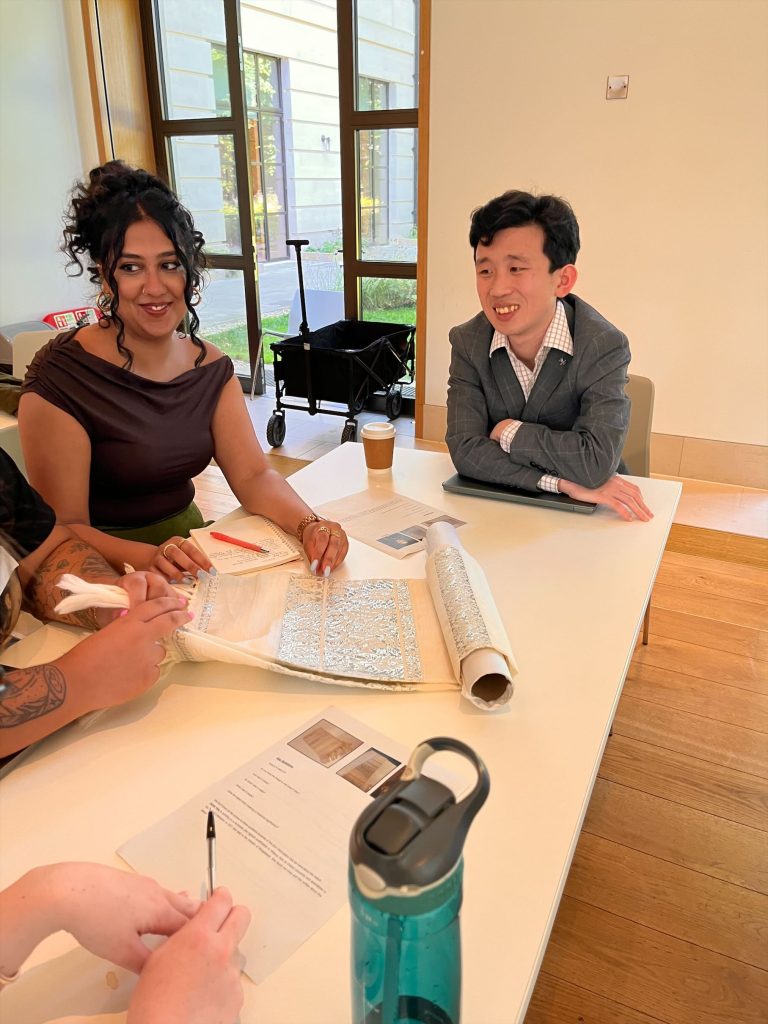
The day was generously supported by Trinity College Access team.
Written by Dr Jason Todd, convenor of the Oxford History Teacher Network.
